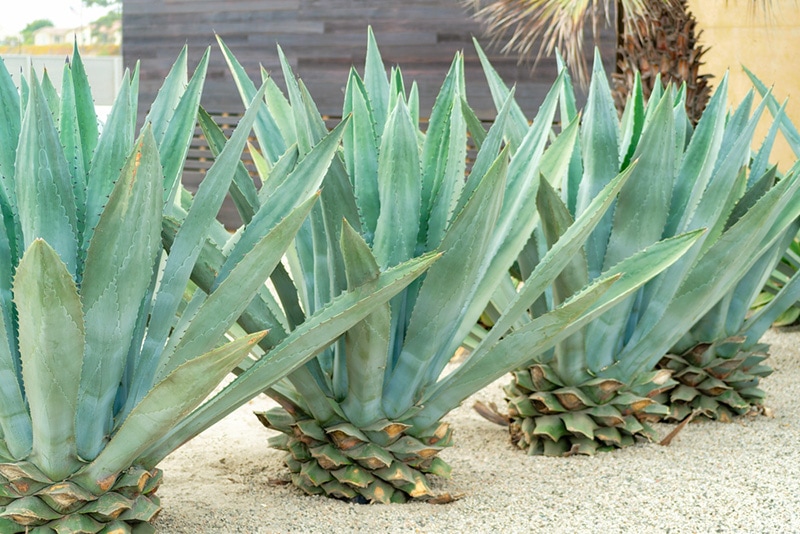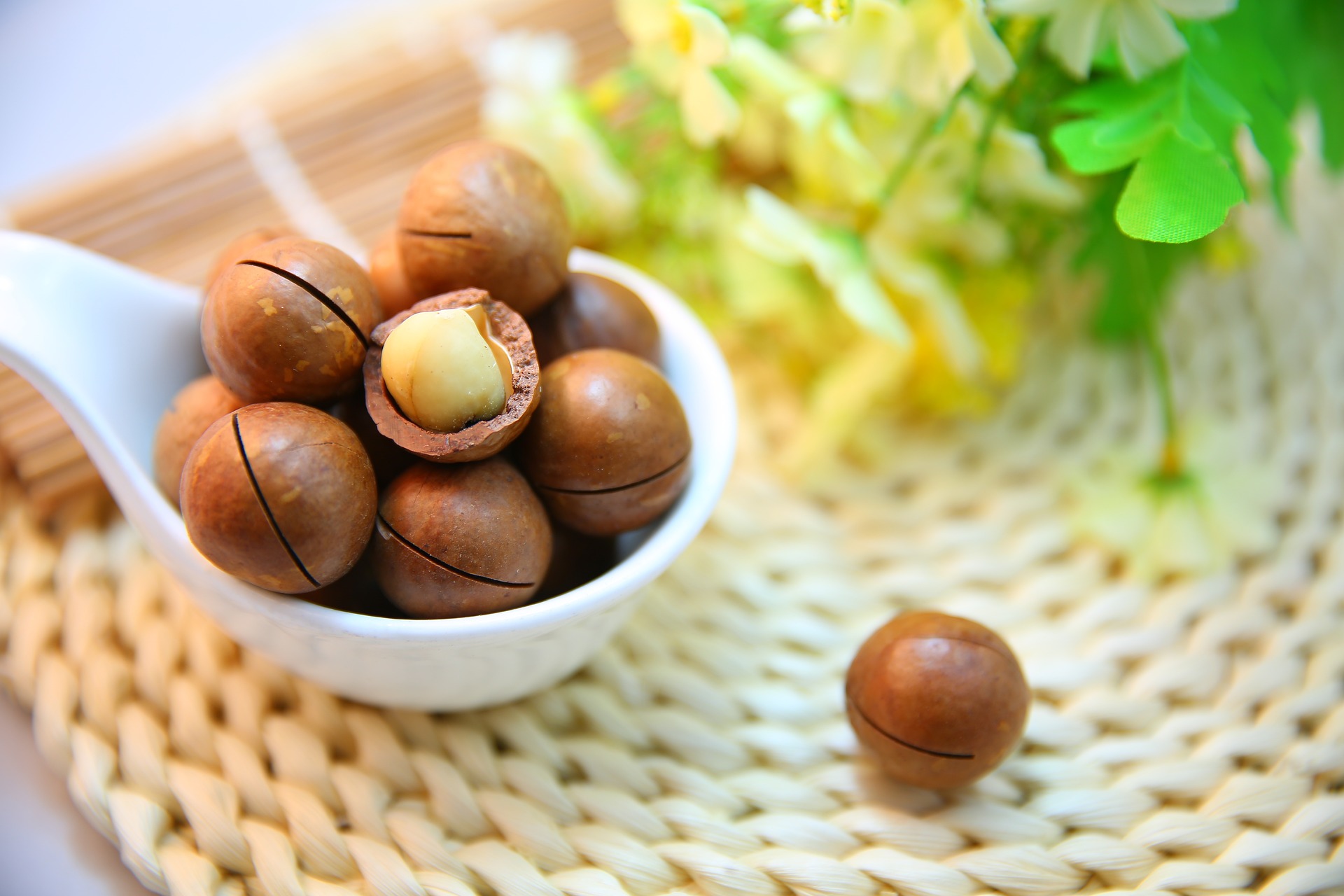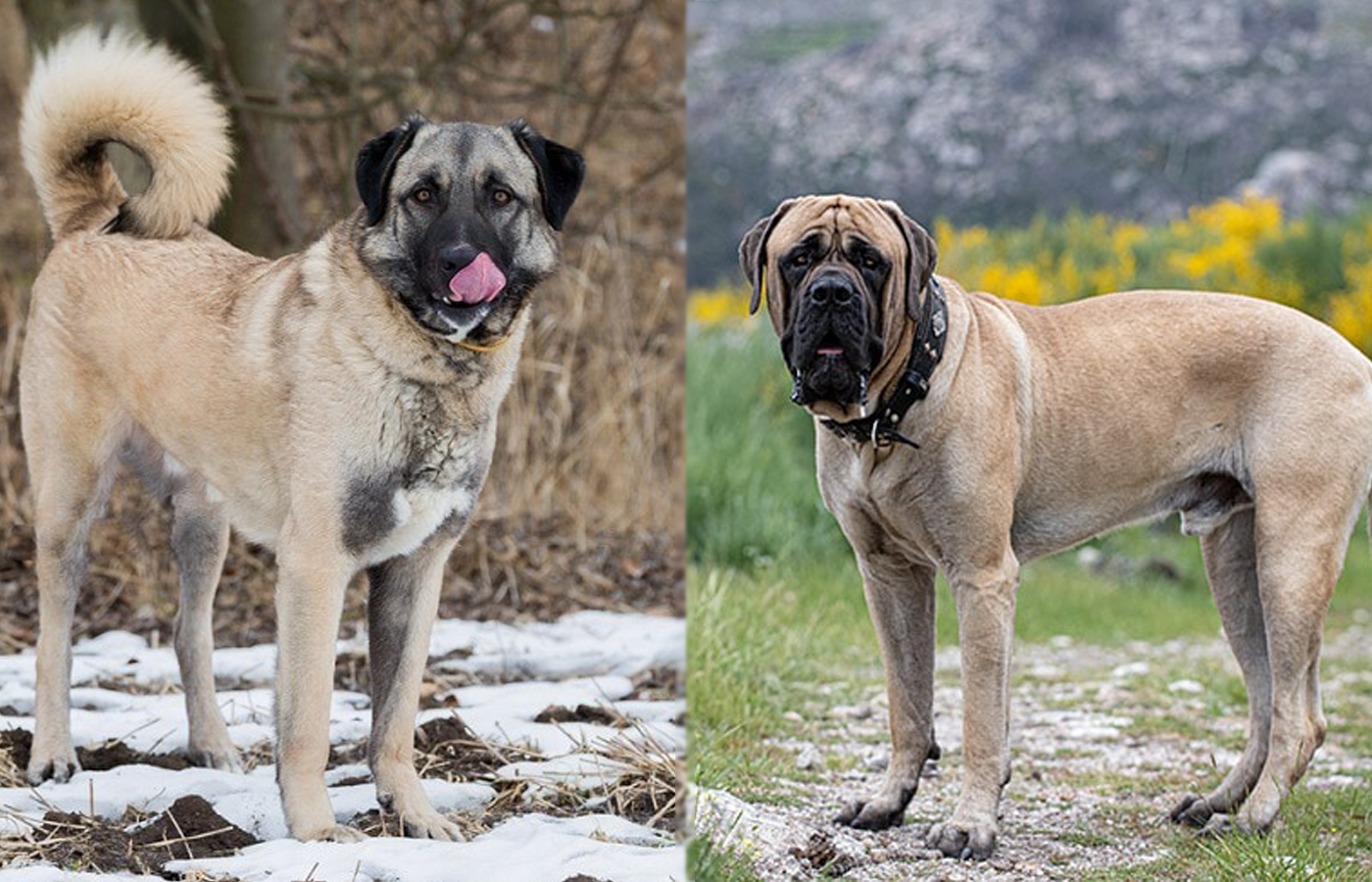If you’re like most dog owners, you want to make sure that your pup is getting the best possible nutrition. And if you’re looking for the right protein-to-fat ratio in their food, you’ve come to the right place! In this blog post, we’ll discuss what’s important when it comes to finding the perfect diet for your furry friend. We’ll also provide some helpful tips on how to choose the right food for your specific dog. Keep reading for more information!
 The Best Protein-to-Fat Ratio for Dog Food
The Best Protein-to-Fat Ratio for Dog Food
The best protein-to-fat ratio for dog food depends on your dog’s individual needs. However, most experts recommend a ratio of 20% protein to 12% fat for adult dogs. This ratio is important because it helps maintain your dog’s energy levels and helps them stay at a healthy weight. Too much fat in their diet can lead to obesity, while too little protein can cause muscle loss.
When choosing a food for your dog, be sure to read the labels carefully and choose a product that meets their nutritional needs. If you have any questions, be sure to ask your veterinarian for guidance.
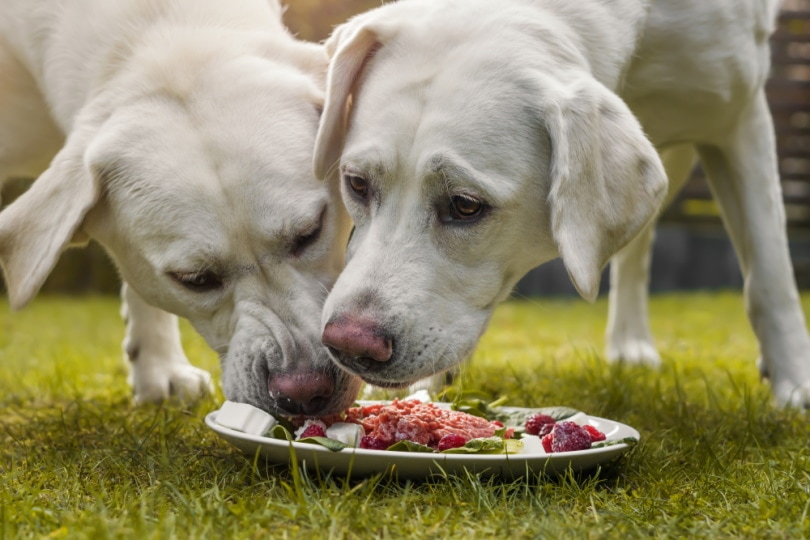
How to Know If a Dog Food Has the Right Protein-to-Fat Ratio for Your Pet?
The best way to tell if a dog food has the right protein-to-fat ratio for your pet is to read the labels carefully. Most reputable brands will list the percentage of each nutrient on the label. If you’re still unsure, you can always ask your veterinarian for advice.
- Determine proper dog food portions and ideal daily intake with our helpful calorie calculator here.
 Top 3 Benefits of Feeding Your Dog Food With the Right Protein-to-Fat Ratio
Top 3 Benefits of Feeding Your Dog Food With the Right Protein-to-Fat Ratio
There are many benefits of feeding your dog a food with the right protein-to-fat ratio. Some of these benefits include:
1. Maintaining a Healthy Weight
One of the most important benefits of feeding your dog food with the right protein-to-fat ratio is that it can help them maintain a healthy weight. Dogs who are overweight are at risk for many health problems, including diabetes, joint problems, and respiratory issues.
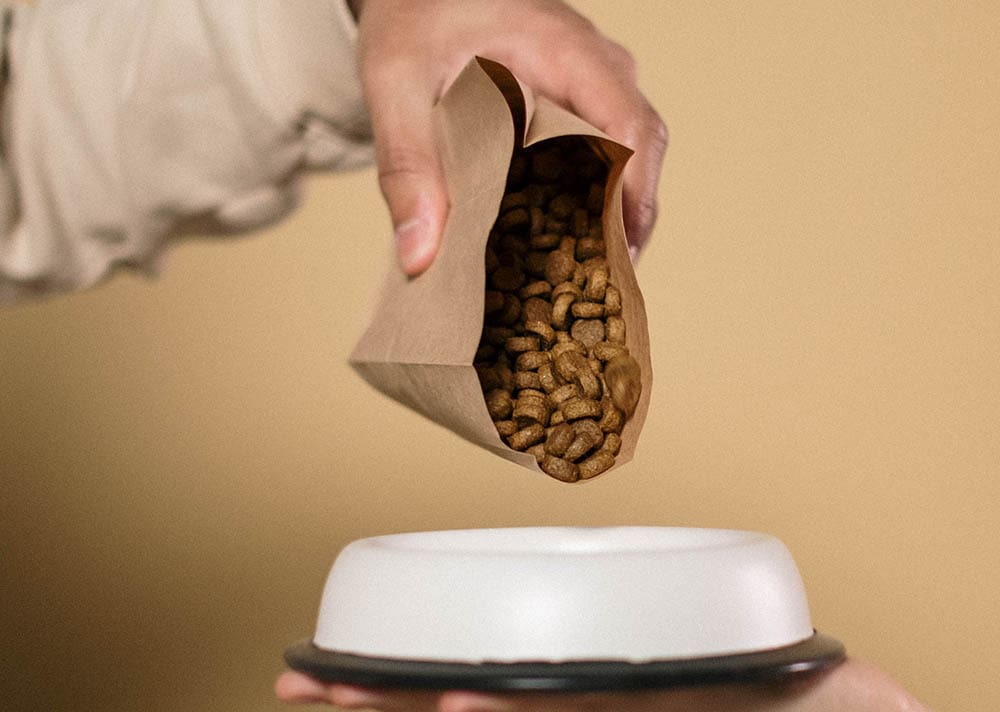
2. Having More Energy
Another benefit of feeding your dog food with the right protein-to-fat ratio is that it can help them have more energy. Dogs who are properly nourished will have plenty of energy to play and exercise.
3. Reducing the Risk of Obesity
Another benefit of feeding your dog food with the right protein to fat ratio is that it can help reduce the risk of obesity. Obesity is a serious health problem in dogs that can lead to many other health problems. Feeding your dog a diet that is high in protein and low in fat can help them maintain a healthy weight and reduce the risk of obesity.
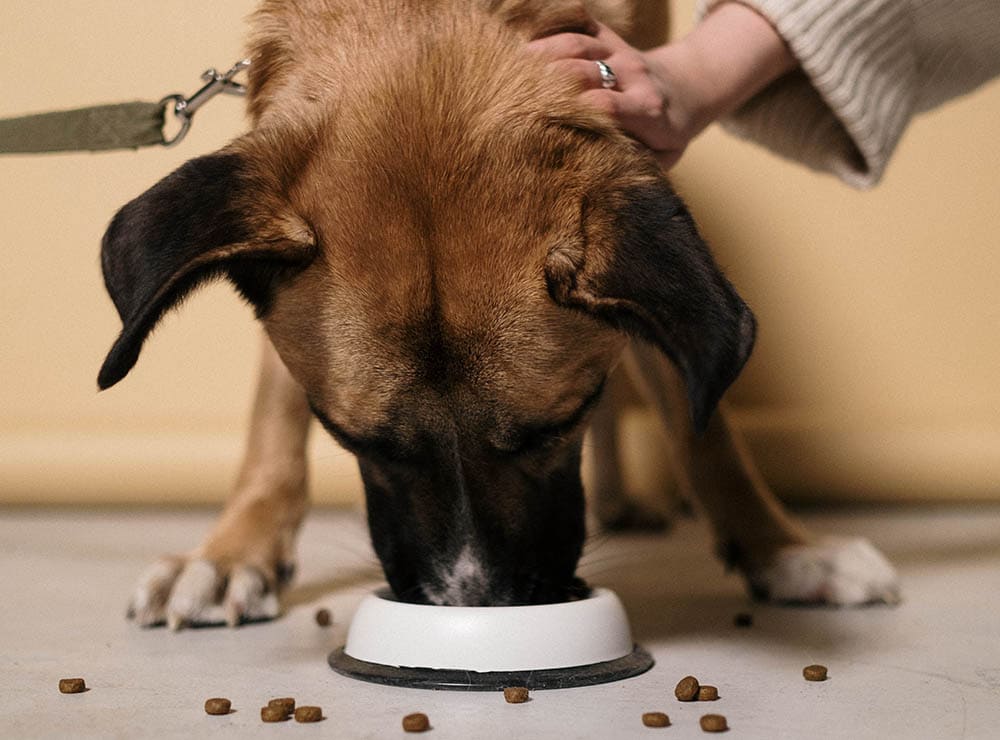
 Risks Associated With Feeding Your Dog Food With Incorrect Protein or Fat Content
Risks Associated With Feeding Your Dog Food With Incorrect Protein or Fat Content
Yes, there are risks associated with feeding your dog food with too much or too little protein or fat content. If you feed your dog food that is too high in protein, they may gain weight and develop joint problems. If you feed your dog food that is too low in protein, they may lose muscle mass and have difficulty maintaining a healthy weight. It is important to consult with your veterinarian to determine the best diet for your dog.
How to Include the Right Amount of Protein and Fat for Optimal Health
With so many different types of dog food on the market, it can be difficult to know which one is right for your pet. However, by understanding the basics of canine nutrition and knowing what to look for on labels, you can be sure that you’re giving your dog the best possible chance for a long and healthy life.
The best way to make sure that your dog’s diet includes the right amount of protein and fat for optimal health and vitality is to consult with your veterinarian. They can help you choose a food that meets your dog’s individual needs and recommend the best diet for their overall health.
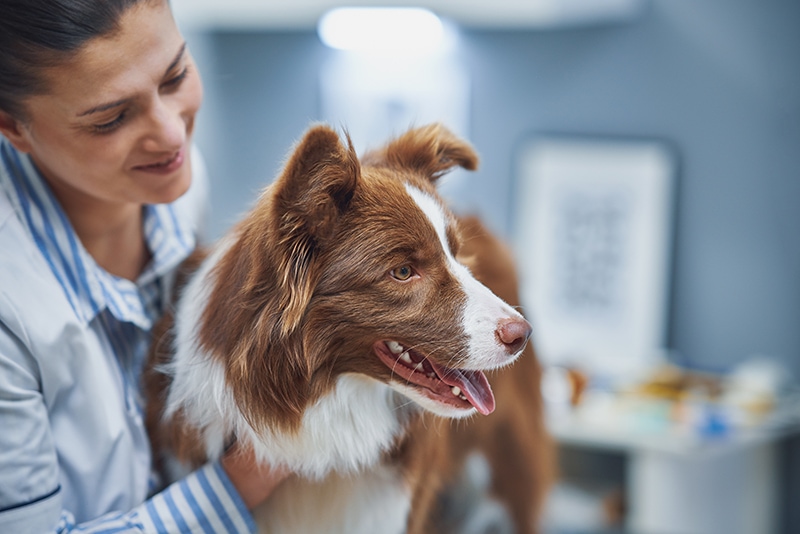
 What to Look for in a Dog Food
What to Look for in a Dog Food
When you’re looking for dog food, it’s important to read the labels carefully. The label should list the percentage of each nutrient, including protein and fat. If you’re still unsure, you can always ask your veterinarian for advice.
Some of the things you’ll want to look for in a dog food include:
- A High Protein Content: Protein is essential for your dog’s health, so you’ll want to choose a food that is high in protein.
- A Low Fat Content: Fat can be harmful to your dog, so you’ll want to choose a food that is low in fat.
- A Balance of Nutrients: You’ll want to choose a food that provides a balance of nutrients, including protein, fat, carbohydrates, vitamins, and minerals.
- A Variety of Flavors: Dogs can be picky eaters, so you’ll want to choose a food that offers a variety of flavors.
- A Quality Brand: When it comes to dog food, you’ll want to choose a quality brand that you can trust.
 How to Switch Your Dog’s Food
How to Switch Your Dog’s Food
If you’re thinking about switching your dog’s food, it’s important to do it gradually. Start by mixing the new food with the old food, and then slowly increase the amount of new food until your dog is eating only the new food.
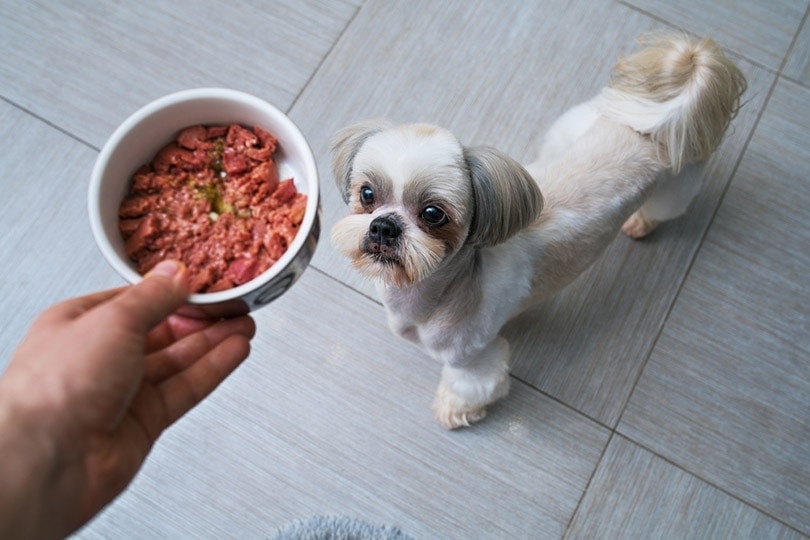
Gauging Reaction
It’s also important to pay attention to how your dog reacts to the new food. Watch for any changes in their appetite, energy level, or stool. If you notice any changes, it’s best to consult with your veterinarian.
Feeding Schedule
You’ll also want to consider how often you’ll be feeding your dog. Smaller dogs will need to eat more often than larger dogs. Puppies and nursing mothers will also need to eat more often than adult dogs.
 Where to Buy the Best Dog Food
Where to Buy the Best Dog Food
The best place to buy dog food is at a pet store or online retailer that specializes in selling pet food. You can also find some good brands of dog food at your local grocery store, but be sure to read the labels carefully before purchasing. Some vets offices also sell dog food, so that’s another option to consider.

 Top 5 Considerations When Buying Dog Food
Top 5 Considerations When Buying Dog Food
Here is some additional information to help you make your decision.
1. Puppies vs Adults
Another thing to keep in mind is that puppies and older dogs have different nutritional needs than adult dogs. For example, puppies need more protein to help them grow and develop properly. Older dogs, on the other hand, may need less protein and fat as they start to slow down. Be sure to choose a food that’s appropriate for your dog’s age and activity level.
2. Senior Dogs
As your dog gets older, their nutritional needs will change. You may need to switch to a senior formula that is lower in protein and fat and higher in fiber. This type of food can help to keep your dog’s weight under control and promote healthy digestion.
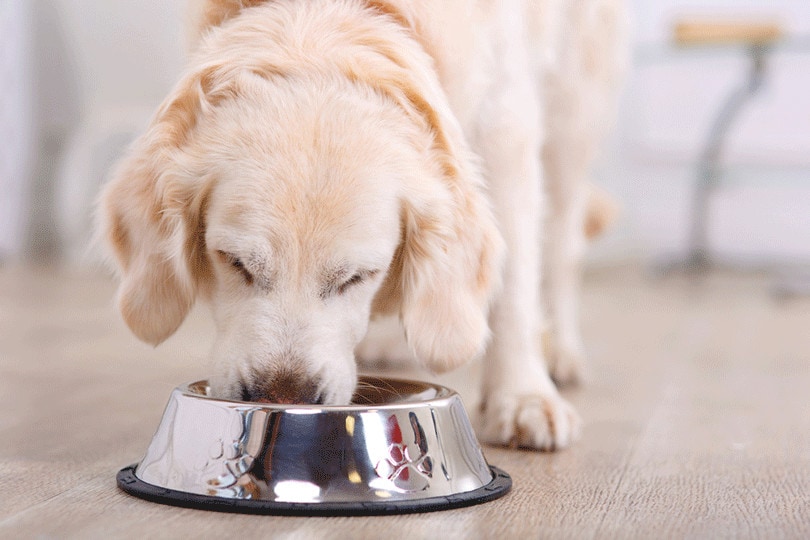
3. Dogs With Kidney Disease
If your dog has kidney disease, it’s important to choose a food that is low in protein and phosphorus. Your veterinarian can help you select the best diet for your dog’s individual needs.
4. Dogs With Allergies
If your dog has allergies, there are special foods available that are designed for dogs with allergies. These foods typically contain novel proteins, such as duck or venison, which can help to reduce your dog’s allergic reactions.
5. Dogs With Obesity
If your dog is obese, you’ll want to choose a food that is low in calories and fat. You may also want to consult with your veterinarian about a weight loss plan for your dog.
 Bottom Line
Bottom Line
In conclusion, the best protein-to-fat ratio for dog food depends on the individual dog. Puppies and older dogs have different nutritional needs than adult dogs. Dogs with kidney disease or allergies may need a special diet. If your dog is obese, you’ll want to choose a food that is low in calories and fat.
Protein and fat are two of the most important nutrients for dogs. The right balance of these nutrients is essential for maintaining a healthy weight, having plenty of energy, and reducing the risk of obesity. If you’re unsure about the best diet for your dog, be sure to consult with your veterinarian for guidance.
Featured Image Credit: Rawpixel.com, Shutterstock
Contents
- The Best Protein-to-Fat Ratio for Dog Food
- Top 3 Benefits of Feeding Your Dog Food With the Right Protein-to-Fat Ratio
- Risks Associated With Feeding Your Dog Food With Incorrect Protein or Fat Content
- What to Look for in a Dog Food
- How to Switch Your Dog’s Food
- Where to Buy the Best Dog Food
- Top 5 Considerations When Buying Dog Food
- 1. Puppies vs Adults
- 2. Senior Dogs
- 3. Dogs With Kidney Disease
- 4. Dogs With Allergies
- 5. Dogs With Obesity
- Bottom Line

 The Best Protein-to-Fat Ratio for Dog Food
The Best Protein-to-Fat Ratio for Dog Food Top 3 Benefits of Feeding Your Dog Food With the Right Protein-to-Fat Ratio
Top 3 Benefits of Feeding Your Dog Food With the Right Protein-to-Fat Ratio Where to Buy the Best Dog Food
Where to Buy the Best Dog Food
